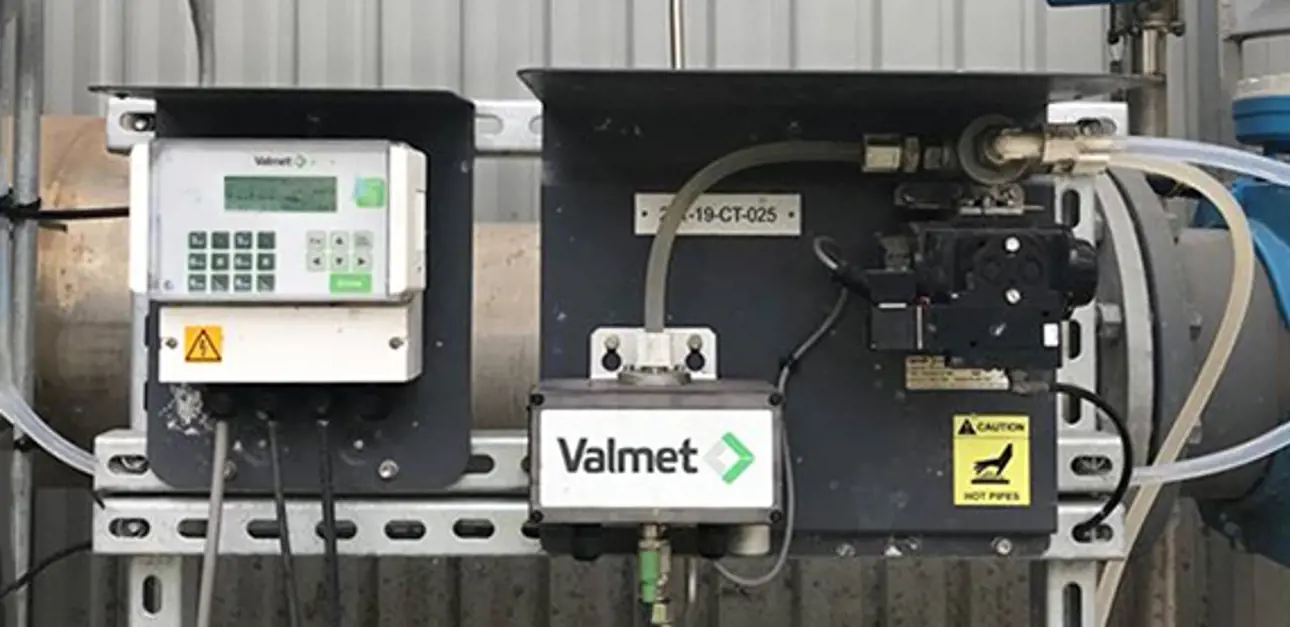Reducing flocculent usage leads to cost savings in wastewater treatment
The Opal Botany board mill in New South Wales, Australia, installed a Valmet Optical Low Consistency Transmitter (Valmet LC) for flocculent control in its wastewater treatment process. The results have been impressive, flocculent usage has reduced by more than a third to provide projected savings of AU$ 60,000 per year while maintaining discharge quality.

Botany Mill can use up to 7,000 m3 of water per day and water treatment is an essential part of the overall mill operation. The mill installed its first Valmet LC, at the end of 2016, to ‘police’ effluent solids from its primary stage wastewater treatment plant. The objective of the project was to maintain the total dissolved solids (TDS) levels in the effluent while optimizing total flocculant usage.
Continuous monitoring as provided by the Valmet LC transmitter has many benefits over laboratory testing which is infrequent and time-consuming. While achieving the desired monitoring results by alerting the operators to potential problems, the ability to accurately control the primary stage treatment plant was not successful due to the overall process delay. A second sensor was needed.

Valmet LC transmitter provides continuous monitoring.
Primary water treatment using a DAF process
Dissolved Air Flotation (DAF) is a water treatment process which clarifies by dissolving air in the water or wastewater under pressure and then releasing the air at atmospheric pressure in a flotation tank. The released air forms tiny bubbles which adhere to the suspended matter and float to the surface of the water allowing the solid matter to be separated and removed. The Botany Mill uses a flocculent to agglomerate the particles into larger flocs. Flocculant dosing was at a fixed ratio to flow - irrespective of water quality. This dosing regime led to wasted chemical and sluggish process control - a better form of flocculent dosage control was needed.
The savings were immediate
A second Valmet LC was purchased and installed in September 2018. Linked directly to the site-wide Valmet DNA distributed control system, the Valmet LC optical consistency transmitter continuously monitors the DAF feed flow with closed-loop control to the flocculent dosing. A significant improvement in control was immediate with flocculent usage reduced by more than 40% resulting in a savings of AU$7,000 in the first month of operation.
Robust control of the DAF process has delivered both savings and ongoing environmental performance – the Valmet LC optical consistency transmitter is in control.

Valmet LC is linked directly to the site-wide DCS system.
Related articles



